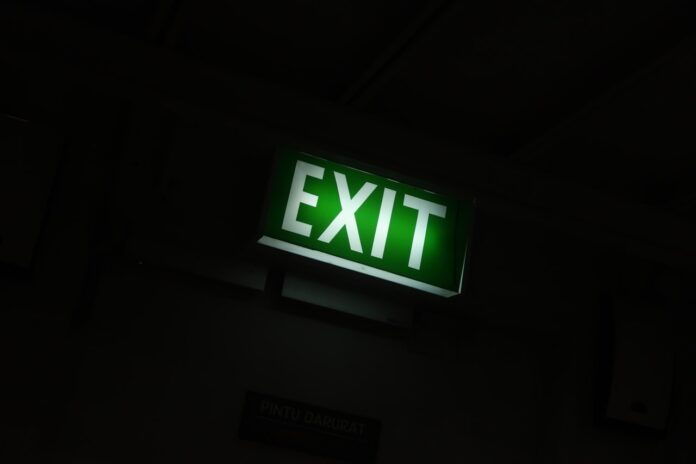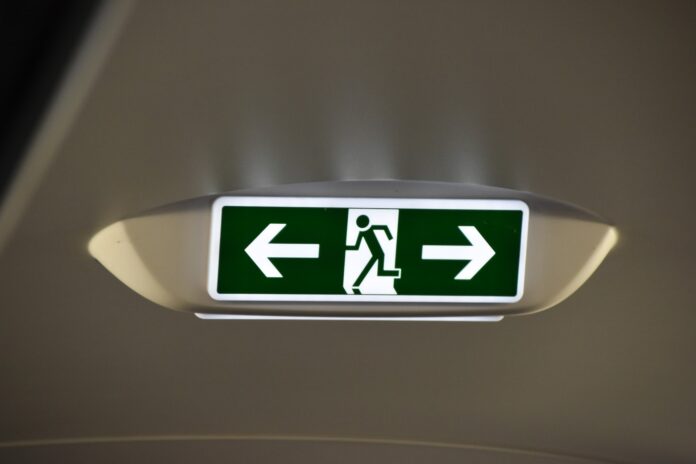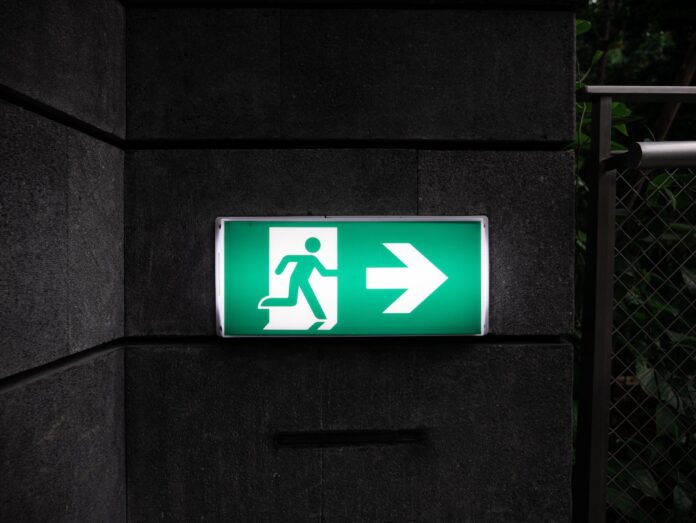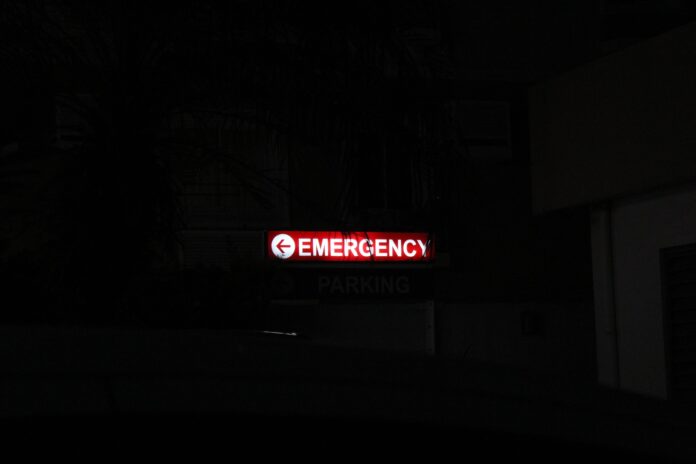Emergency lights and exit signs are an essential part of any business owner’s safety plans. But do you know how to install and maintain these essential safety features? It’s important to understand the basics of emergency lights and exit signs, as they can help you protect your employees, customers, and property in the event of an emergency.
In this blog post, we’ll discuss the importance of emergency lighting systems, the installation process, and how to maintain them properly. Whether you’re a building owner or a tenant, following these steps can ensure that your workplace is up to code with no risks for anyone inside.
Why Are Emergency Lights And Exit Signs Important?

Emergency lights and exit signs are essential for a variety of reasons. In the event of a power outage, they provide light so that people can find their way to the exits. They also help people to identify the exits in a smoke-filled room. In some jurisdictions, exit signs must be illuminated at all times so that people can see them even during a power failure.
In the event of a fire or other emergency, emergency lights help guide people out of buildings or to other safe areas. They also provide an indication as to where people should congregate once they have left the building. In addition, they can help firefighters locate exits and navigate their way through buildings. Besides you can also find here an emergency light testing service offered by specialists.
How To Install Emergency Lights And Exit Signs

Emergency lights and exit signs are required by law in many commercial buildings and are a vital part of any emergency preparedness plan. Here are some tips on how to install and maintain emergency lights and exit signs:
- Choose the right location for emergency lights and exit signs. They should be placed in strategic locations that will allow people to see them easily and evacuate quickly in an emergency.
- Make sure emergency lights and exit signs are correctly mounted. They should be securely attached to the wall or ceiling so they will not fall during an earthquake or other disaster.
- Test emergency lights and exit signs regularly. Most units have a test button that allows you to check that the light is working correctly. Exit signs should also be checked to make sure they are visible from all angles.
- Replace batteries regularly. Emergency lights usually have bac-up batteries that will power the light in case of a power failure. It is essential to check and replace these batteries regularly so that the lights will be ready to go in an emergency.
- Make sure all emergency lights and exit signs are maintained and serviced regularly. This includes cleaning, checking the wire, and replacing parts as necessary. Kup batteries that kick in when the power goes out. These batteries need to be replaced every few years to ensure they will work when needed.
- Inspect emergency lights and exit signs regularly for damage. If any parts are broken or missing, replace them immediately.
How To Maintain Emergency Lights And Exit Signs

Emergency lights and exit signs are required by law in most commercial buildings. They are there to help people find their way out in the event of an emergency.
- Check the batteries regularly: Most emergency lights and exit signs are powered by rechargeable batteries. Make sure to check the batteries at least once a year and change them if necessary.
- Inspect for damage: Check the lights and signs for any physical damage that could cause a malfunction. Replace or repair any damaged parts as soon as possible.
- Clean the lenses: Over time, dust and debris can build up on the lenses of emergency lights and exit signs, reducing their brightness. Clean them regularly to ensure they remain visible in an emergency situation.
- Test the systems: It’s essential to test the emergency lighting system regularly to make sure all components are working correctly in case of an emergency. Most systems have a self-test function that can be used to test the system without having to turn it on and off manually. Here are some tips on how to maintain your emergency lights and exit signs:
- Test the lights regularly. Most emergency light systems have a test button that you can use to test the lights. Be sure to do this on a regular basis to ensure that the lights are working correctly.
- Clean the fixtures regularly. Dust and dirt can build up on emergency light fixtures, which can cause them not to work correctly. Be sure to clean the fixtures on a regular basis to keep them in good working order.
- Inspect the wiring regularly. If any of the wiring for your emergency light system is damaged, it could cause the system to not work correctly in an emergency situation. Be sure to inspect the wiring regularly and replace any damaged parts as necessary
What To Do If Emergency Lights And Exit Signs Are Not Working

If you find that your emergency lights or exit signs are not working, there are a few things that you can do. First, check the batteries to see if they need to be replaced. If the batteries are fine, try to reset the lights or exit signs. If the lights still don’t work, then contact a professional for assistance.
Additionally, you should immediately report this issue to your local fire department so they can inspect and address it accordingly. Check the bulbs to see if they need to be replaced. If you still can’t get the lights or signs to work, then you may need to call an electrician.
Conclusion
Emergency lights and exit signs are vital to ensuring the safety of your staff, customers, and visitors. Installing emergency lighting correctly is just as important as maintaining it regularly. Following the steps outlined in this article will help you install and maintain your emergency lighting with confidence. Remember that regular maintenance checks should be done to ensure that all parts are working correctly so that everyone has a safe escape route in case of emergencies.








